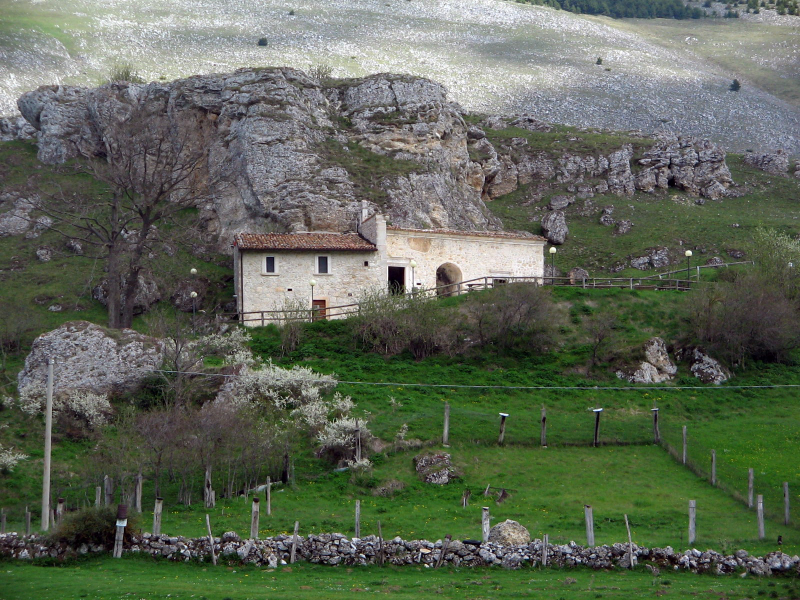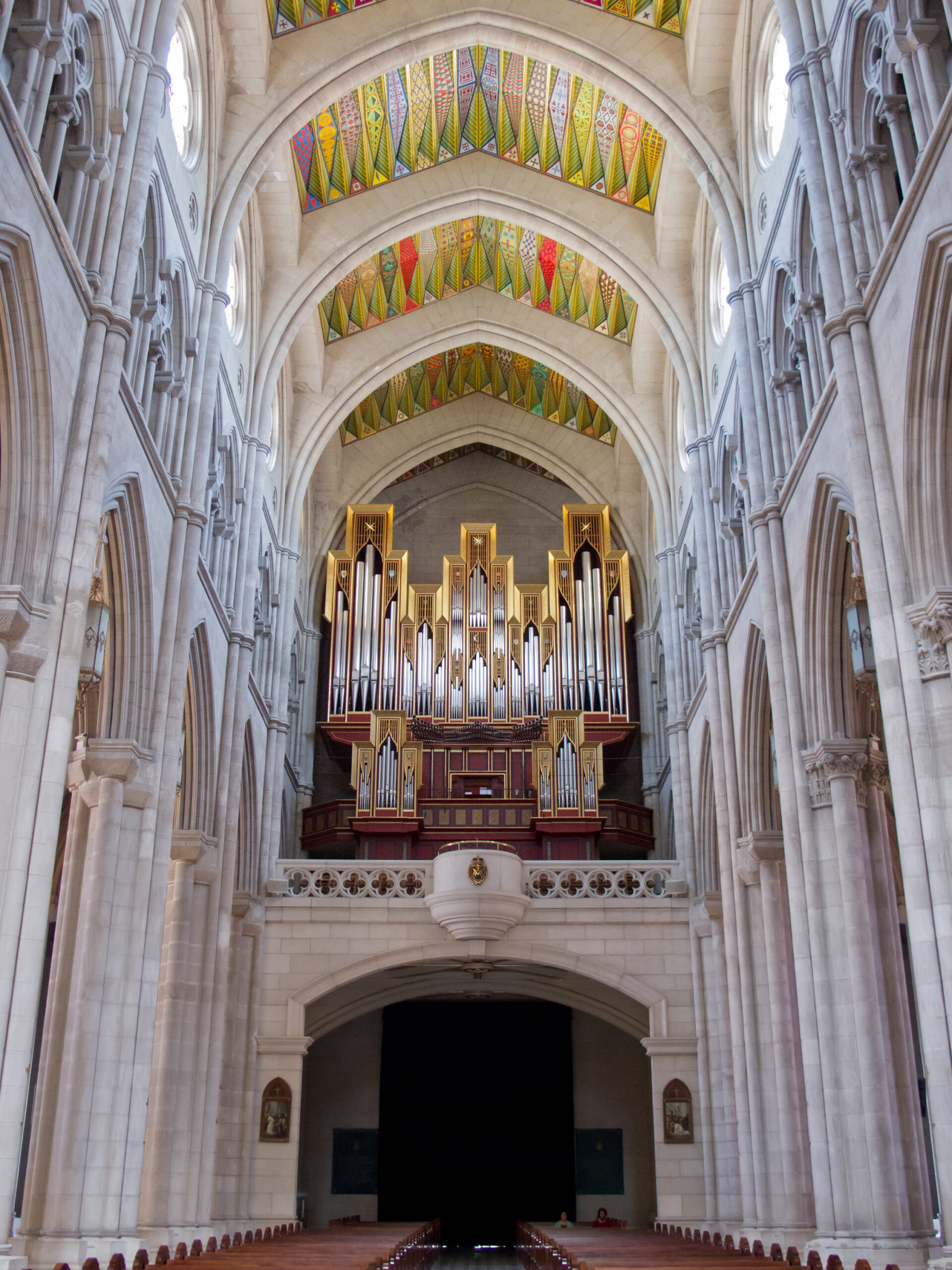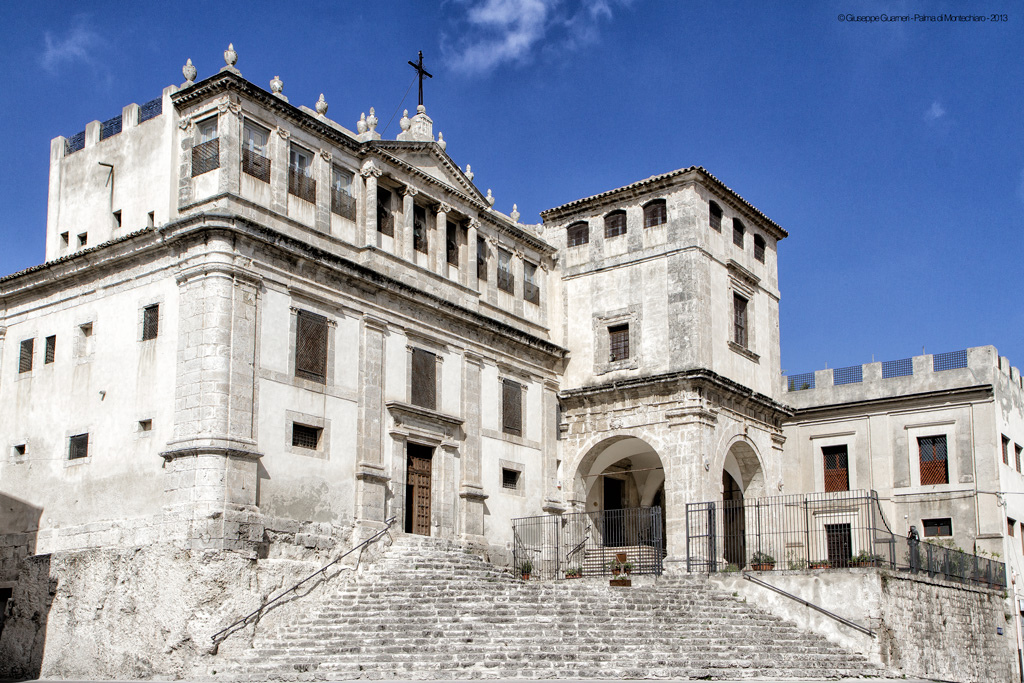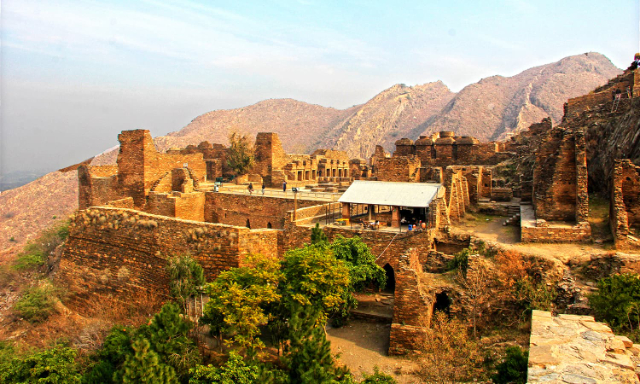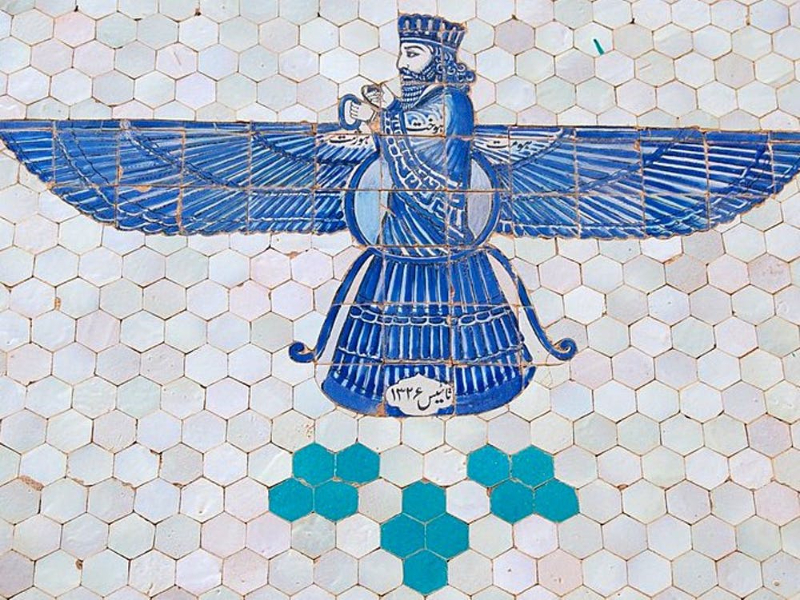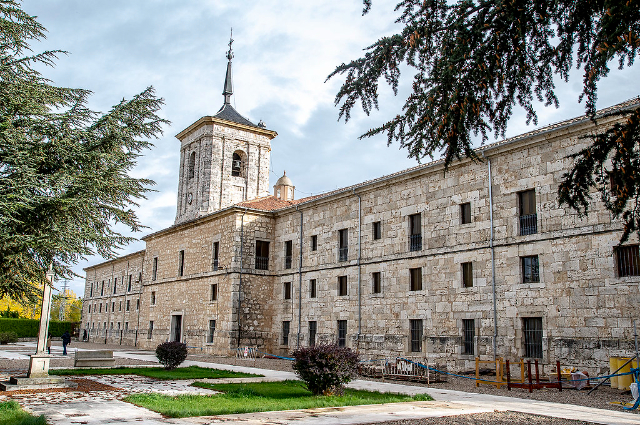It consists of two units placed at an angle to each other: a cultural area and a living area. The cult area is located inside a cave.
The front is closed by a wall with two entrances separated by a niche; on the right you enter the funeral chapel of the Ricciardelli family, on the left the sanctuary.
On the lintel of the portal an inscription testifies the restoration carried out in 1598. Inside, the contrast between the rough rocky vault and the well-connected stone slab flooring is striking.
The finely worked stone balustrade, which divides in width the presbyterial area from the one destined to the faithful, further embellishes the environment; at the end of the cave there is the altar in simple stone, once probably decorated with inlaid marbles, according to the Pescolan tradition.
The living area, on two levels, was partly used as a shelter for transhumant shepherds.
History and traditions: Attested for the first time in a document of Lucius III of 1183. In 1536 the municipal statutes of Pescocostanzo indicate it as a wash-house for women.
Until the Second World War there were two important celebrations on May 8 and September 29. Pilgrims collected a pebble in the cave that they kept until the next year’s festival.
During the Second World War the cave was used as a refuge and military base. The cult of St. Michael has been important in the pastoral civilization. Its figure of winner on the dragons and on the monsters has always been taken in consideration by the legends and by the veneration of the shepherds.
In Abruzzo St. Michael emerges where Hercules was worshipped, symbol of strength and courage and deity linked to the cult of water and its therapeutic properties as the archangel.
